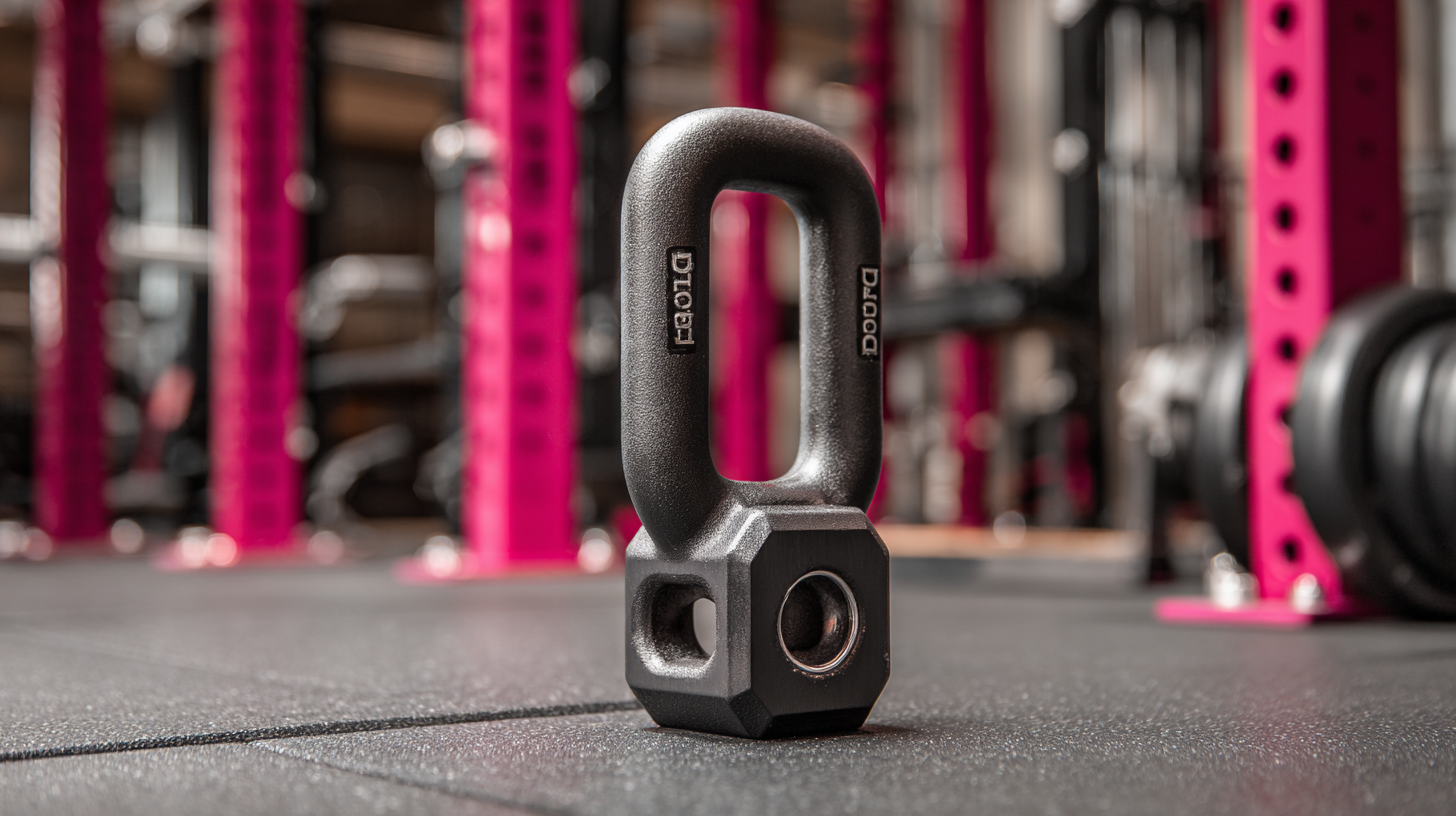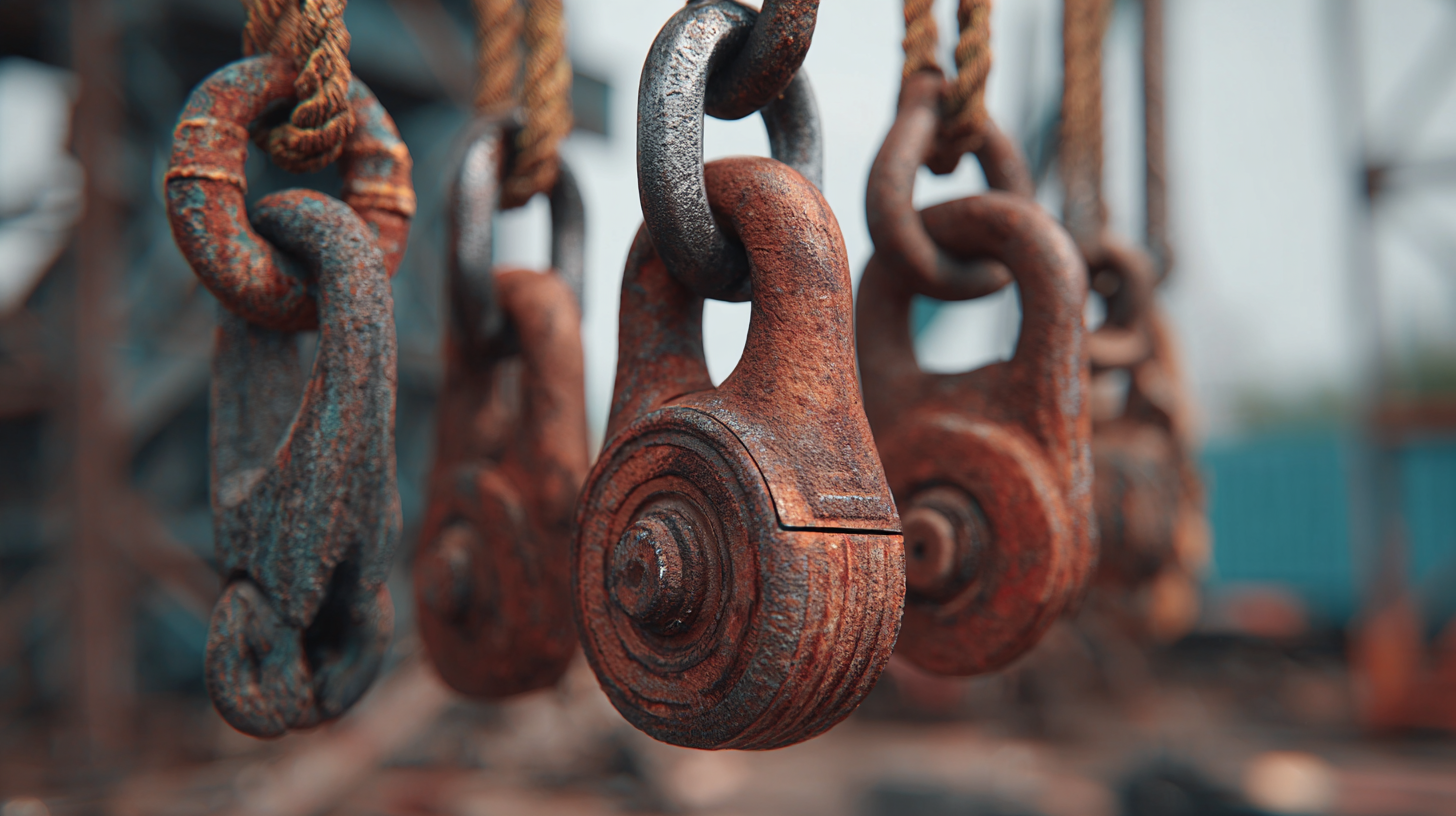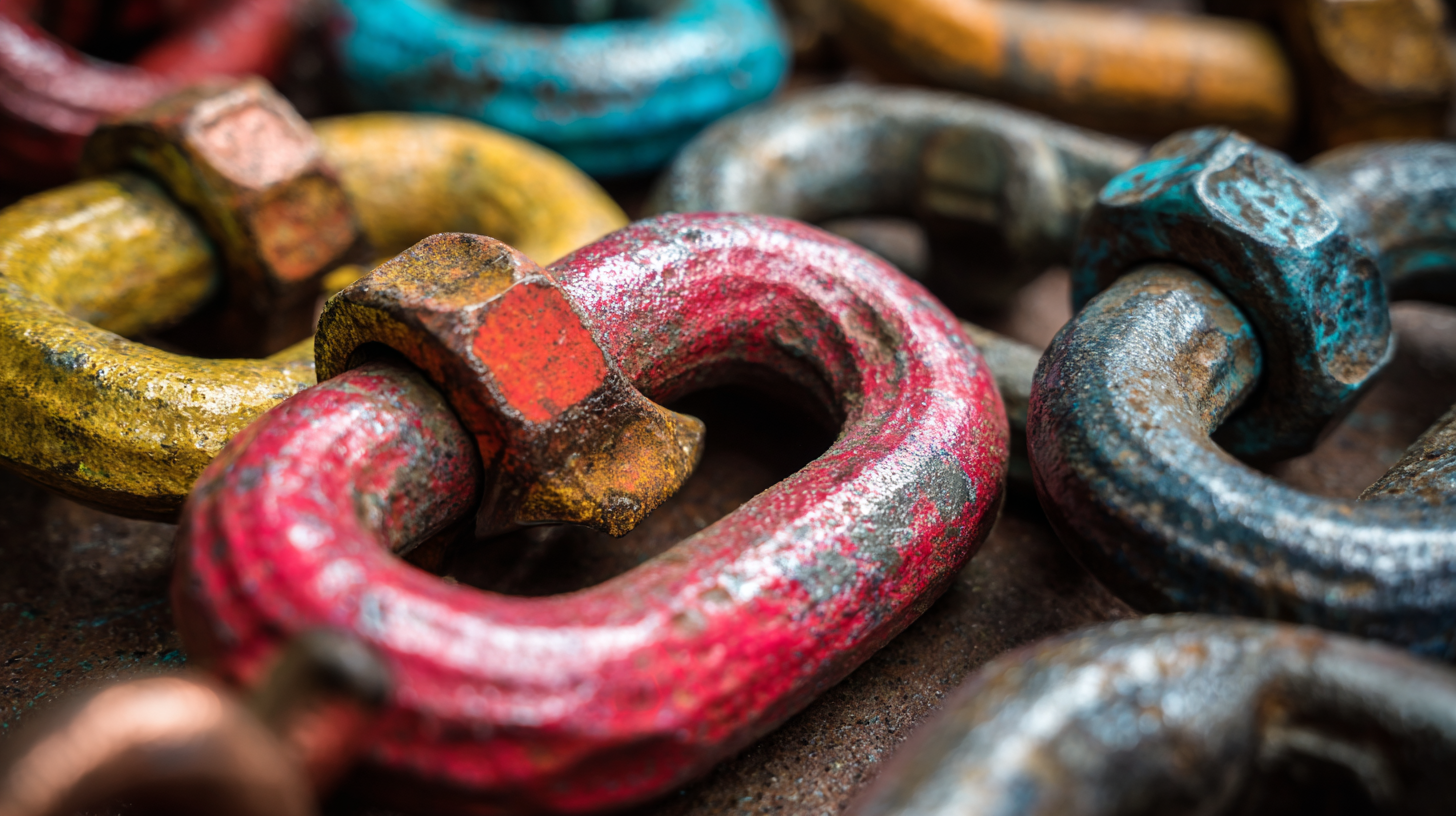When it comes to lifting heavy loads safely and efficiently, selecting the right equipment is crucial, and one of the most indispensable tools in this regard is the Dee Shackle. Known for its robust design and versatility, the Dee Shackle has earned its place in various industries, from construction to maritime applications. This guide will explore the myriad advantages of using the best Dee Shackle for your lifting needs, highlighting its strength, reliability, and ease of use. By understanding the unique features and benefits of Dee Shackles, you can make informed decisions when it comes to lifting operations, ensuring safety and efficiency are prioritized. Whether you’re a seasoned professional or new to the world of lifting equipment, this blog will provide valuable insights to enhance your lifting experience and ensure that you choose the right Dee Shackle for every task.

When it comes to lifting applications, the significance of using high-quality Dee shackles cannot be overstated. Notably, according to the American National Standards Institute (ANSI), subpar lifting equipment can lead to accidents that account for over over 40% of all workplace injuries. High-quality Dee shackles are meticulously engineered to withstand rigorous loads and harsh environments, thereby ensuring the safety and efficiency of lifting operations. For instance, premium-grade stainless steel Dee shackles can offer a tensile strength of up to 5 times greater than that of standard varieties, greatly reducing the risk of failure during critical lifts.

In various industrial settings, the durability and reliability of Dee shackles not only enhance safety but also lead to cost savings. A report from the Occupational Safety and Health Administration (OSHA) indicates that each injury can cost employers up to $50,000, when considering lost productivity, medical expenses, and legal fees. Therefore, investing in high-quality Dee shackles can mitigate such risks, as these shackles undergo stringent testing to meet ISO 9001 standards, ensuring they can endure heavy loads without deformation or failure, ultimately contributing to a safer workplace environment.
When it comes to lifting operations, choosing the right equipment can significantly impact efficiency and safety. Dee shackles are a popular choice for many applications, and selecting the best options on the market ensures that maintenance and after-sales support are not overlooked. Cost-effective maintenance is one of the standout benefits of investing in high-quality dee shackles. With durable materials and superior craftsmanship, reputable manufacturers offer products that require minimal upkeep, allowing you to focus on your lifting tasks without the constant worry of equipment failure.
After-sales support is another crucial advantage of choosing top-tier dee shackles. Leading brands often provide comprehensive support services, including warranty provisions and expert guidance on proper usage and maintenance. This assistance can lead to prolonged equipment lifespan and optimal performance, reducing the need for frequent replacements. When you invest in the best products, you not only save on additional repair costs but also gain access to invaluable knowledge that helps in maximizing the effectiveness of your lifting operations.

When it comes to lifting applications, the use of reliable Dee shackles is paramount. Dee shackles are critical for securing loads and ensuring safety during operations. For instance, in construction and shipping industries where heavy lifting is routine, high-quality Dee shackles made from robust materials can accommodate significant loads without failure. According to the latest industry reports, using shackles with a safety factor of 5:1 can enhance operational safety and prevent accidents, thus emphasizing the importance of selecting the right shackle for specific lifting tasks.
Moreover, real-world examples underscore the effectiveness of these tools. In maritime operations, where loads are constantly hoisted, companies are increasingly turning to tested Dee shackles to withstand harsh environmental conditions. Studies have shown that lifting operations using superior Dee shackles lead to a 20% decrease in incidents related to load slippage and breakage. These statistics highlight the need for investing in reliable equipment, not only for efficiency but also for the welfare of workers. As various sectors respond to challenges, the right choices in lifting tools ensure smoother operations and uphold safety standards in demanding environments.
When selecting the best Dee shackle for your lifting needs, several key features are essential to consider. Firstly, the material plays a crucial role in both strength and durability. High-quality stainless steel or forged alloy materials provide optimal strength-to-weight ratios and resist corrosion, making them ideal for heavy-duty applications. Additionally, the working load limit (WLL) should match or exceed your intended use, ensuring safety and reliability during lifting operations.
Another critical feature is the pin design and fastening mechanism. A screw pin shackle offers ease of use and security, while a safety bolt or locking pin can prevent accidental release under load. The size and dimensions of the shackle should also be compatible with your rigging equipment to ensure efficient operation.
Lastly, consider certified shackles that meet industry standards, as this guarantees that the products have been rigorously tested for safety and performance. By focusing on these key features, you can select a Dee shackle that meets your lifting requirements effectively.
When selecting the right Dee shackle for various lifting scenarios, it’s crucial to consider several key factors that ensure safety and effectiveness. First, evaluate the load capacity required for your specific task. Dee shackles come in different sizes and materials, each with its own load rating. By choosing a shackle that meets or exceeds the weight of the items you are lifting, you can prevent potential failures that could lead to accidents.
Next, pay attention to the type of lifting environment you’ll be working in. For instance, if you’re lifting in a marine setting, opting for stainless steel or galvanized shackles will offer greater resistance to corrosion. Additionally, consider the shape and pin type of the shackle. Screw pins provide extra security for dynamic loads, while bolt-type pins may be better suited for static lifting conditions. Understanding these nuances will help you select the most appropriate Dee shackle, tailored to your specific lifting needs.
